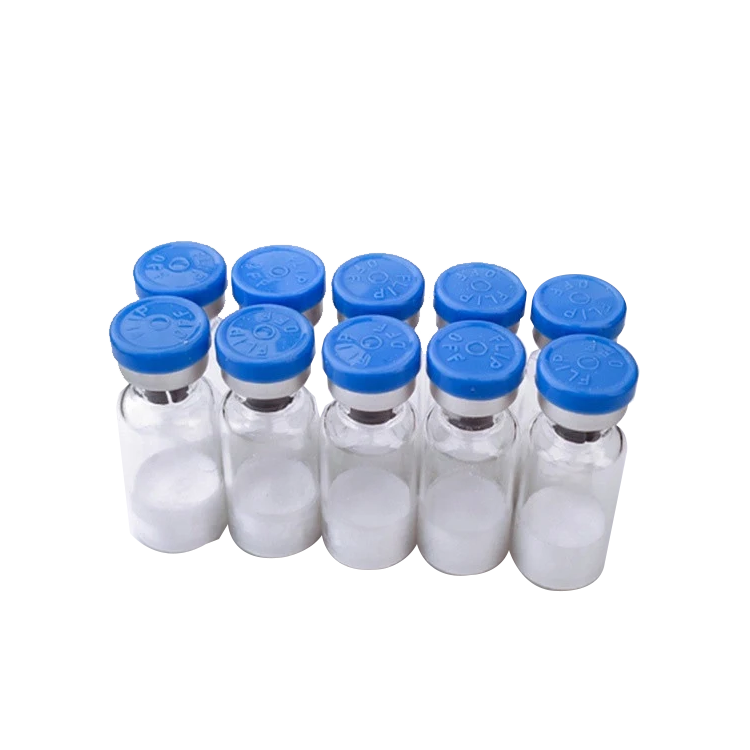Penicillium is a common fungal contaminant often found during the cultivation of *Pleurotus ostreatus*, also known as oyster mushrooms. While it typically exhibits only weak parasitic effects on the fruiting bodies, it can still cause significant issues in mushroom production under certain conditions. The asexual stage of *Penicillium* belongs to the subgenus *Pencillium* and *Permodium*.
(1) **Pathogen Characteristics**: The mycelium of *Penicillium* is colorless and septate, with a white appearance. Most of the hyphae grow within the substrate, while only a few extend into the air, forming a carpet-like or flocculent structure. The conidial heads are characterized by brush-like branches at their tips. When spores accumulate, they form a powdery layer that appears greenish, yellowish, or bluish-green.
(2) **Symptoms and Damage**: In the early stages of infection, white or pale yellow, carpet-like colonies appear at the contamination site. Within 1–2 days, these colonies turn into a light green or light blue powdery mold. The mold grows slowly and remains localized, often being covered by the actively growing mushroom mycelium. *Penicillium* not only competes with *Pleurotus ostreatus* for nutrients and moisture but also blocks air exchange and secretes toxic substances, which inhibit or stop the growth of the mushroom mycelium at the infected area. In cases where the bacterial bed becomes overly acidic or too dry, *Penicillium* may infect weaker fruiting bodies, leading to yellowing, wilting, or rot symptoms.
(3) **Causes of Infection**: *Penicillium* spores germinate rapidly at temperatures between 28–30°C, usually within 1–2 days, and produce new spores quickly. Low moisture levels, acidic pH, and weak *Pleurotus ostreatus* mycelium growth create favorable conditions for *Penicillium* to thrive.
(4) **Control Measures**: To manage *Penicillium*, it's important to follow integrated pest management practices commonly used in *Pleurotus ostreatus* cultivation. Early detection of contaminants is crucial to prevent hidden infections that may go unnoticed due to the mushroom mycelium’s masking effect. During the bag cultivation phase, local contamination can be controlled by injecting a 1% clotriazol solution or using a 5% formaldehyde solution. Regular spraying of lime water or ash water (from grass or wood) on the cultivated beds helps maintain a healthier environment for mushroom mycelium growth. Generally, *Penicillium* is either not a major issue or causes only minor damage when proper hygiene and environmental control measures are followed.
HCG Powder
Human chorionic gonadotropin is a hormone for the maternal recognition of pregnancy produced by trophoblast cells
Human chorionic gonadotropin (HCG) is a glycoprotein secreted by trophoblast cells of the placenta And β dimer proteins. The molecular weight of glycoprotein hormone 36700, A. Pituitary, FSH, follicle stimulating hormone, LH (luteinizing hormone) and TSH (thyroid stimulating hormone) are basically similar, So they can cross-react with each other, while the structure of β subunit is not similar. In mature women, the fertilized ova move to the uterine cavity for implantation and form embryos. In the process of development and growth into the fetus, the placental syncytiotrophoblast cells produce a large amount of HCG, which can be excreted into urine through the blood circulation of pregnant women. Serum and urine HCG levels rise Rapidly from 1 to 2.5 weeks of gestation, reaching a peak at 8 weeks of gestation and dropping to moderate levels at 4 months of gestation, which remain at the end of gestation. At present, the commonly used detection methods are: latex aggregation inhibition test and hemagglutination inhibition test; Radioimmunoassay (RIA); Enzyme linked immunosorbent assay (ELISA); Monoclonal antibody colloidal gold test
Hcg Powder,Custom Ghrp Peptides,High Purity Hcg Powder,Popular Peptide Bodybuilding Powder
Shaanxi YXchuang Biotechnology Co., Ltd , https://www.peptidenootropic.com
